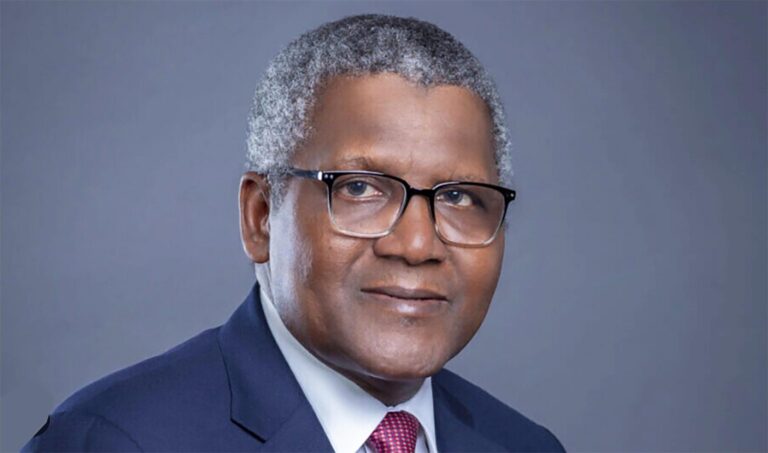In 2002, Rohini Anand was settling into her new position as senior vice president of corporate responsibility and global chief diversity officer for Sodexo when the food services company was hit with one of the largest racial bias lawsuits in American corporate history.
Filed a year earlier, the lawsuit was certified as class action after thousands of mid-level black managers claimed they had been denied promotions while less qualified colleagues rose through the ranks of the massive company. Based in France, Sodexo is the 19th-largest employer in the world with 460,000 workers in about 80 countries. It posts about $24 billion in revenue yearly.
In 2005, the company agreed to an $80 million settlement and worked hard to revise its internal practices and build a culture of diversity and inclusion. Anand, who worked directly under then-CEO Michel Landel, was key in that process and remembered it as a period of great transformation for both the company and her boss. Landel, who is French and born in Morocco, didn’t have a keen understanding of race relations in the United States, so he had a steep learning curve. His friendship with Ollie Lawrence, an African American man he hired to be his North America chief human resources officer, helped Landel navigate that curve.
“That certainly was a very painful time in the company’s history. But it was also a time of incredible learning, incredible growth,” she said. “And I think much of this had to do with the leadership – so, with Michel.”
As part of a new Knowledge@Wharton series titled Leading Diversity at Work, Anand recently spoke with Wharton management professor Stephanie Creary, who is an identity and diversity scholar, about some of the race-related issues that persist across industries large and small. (Listen to a podcast of the conversation using the player above. You can also watch a video of Creary speaking with Anand below.)
Although the struggle for equality in the workplace is nothing new, the fight has been invigorated by worldwide protests sparked by the May 25 killing of George Floyd, a black man in Minneapolis, Minnesota, who died after a white police officer pressed his knee on his neck for nearly nine minutes. The subsequent call to end systemic racism is reverberating throughout boardrooms and breakrooms alike.
Listening and Learning
Creary has created three categories for companies based on their diversity and inclusion efforts: the veterans; the aspirants; and the sideliners. She defined sideliners as companies that tiptoe around the conversation while not making any real changes or setting any substantive policies. Aspirants have been talking about diversity for some time and are aware of the issues, perhaps out of necessity. Creary points to the gender bias that became evident in Silicon Valley as an example. But aspirants have only begun to move the needle.
The veterans are companies that have made significant strides forward and continue to keep the equality conversation at the top of the agenda.
“That’s Sodexo,” Creary said. “It’s a company that for decades has had policies and practices in place to not only manage diversity broadly, but also specific to issues around race and culture and ethnicity.”
Anand agreed with her assessment and said companies can no longer afford to sit on the sidelines or aspire to change. Institutionalized inequality is a “burning platform,” she said, and this is the moment to seize.
“The starting point is really to acknowledge that there is an issue, and [the need to] just have a dialogue about race,” she said. “Now is a time to just put it on the table, have the conversation, have listening sessions without jumping to immediate action, because part of this is just being able to hold the space for some safe dialogue and to be able to listen.”
Listening and learning is the first step, said Anand, who credited Landel for doing just that. It was especially important because the general European sentiment about racism is that it’s an American problem. And Europe’s data privacy laws prevent the collection of information on ethnicity and race, making research that much more challenging.
“Doing research in Europe is not easy, particularly as somebody who studies diversity and inclusion,” Creary said. “I’m just not going to get the data that I want to get.”
Building a Diversity Strategy
Putting diversity and inclusion on the conference room table is just a start. The next step in a cohesive strategy is establishing a recruitment process that roots out unconscious bias, Anand said. That means providing diversity training to recruiters and hiring managers, setting target numbers for the recruitment of minorities, holding recruiters and managers accountable for culling a diverse slate of applicants, and creating a diverse interview panel to vet those applicants.
Once those minority employees are in the door, managers must make sure to develop that talent pool by providing whatever resources needed to help them succeed. That doesn’t mean coddling or special treatment, Anand emphasized.
“It’s not about ‘fixing’ minorities or ‘fixing’ women. It’s not that they necessarily need more skills. It is about making them visible to the organization,” she said. “It is about getting them sponsors and mentors so that the organization can see this talent and have someone advocating for them. For decades we’ve had men who have informally sponsored other men, for instance. I think we just need to formalize these initiatives to make sure that everyone has access to sponsors or mentors.”
Creary noted that one of the questions she most frequently hears is about the role of merit – shouldn’t the most qualified candidate should be chosen, regardless of race, gender or orientation?
“At the end of the day, you want the most qualified candidate,” Anand said. And when it comes to choosing between two well-qualified finalists who are about 90% the same – a man and a woman, for example — the decision should be based on what differentiates them.
“One of the things in favor of the woman is if you don’t have that many women in your organization or your team,” she said. “You know you need that diversity of thought within the organization in order to be the best organization and the most productive. So, you give that certain additional weight to that woman.”
The Diversity Officer: More Than a Figurehead
Both Creary and Anand said they believe in the value of a diversity officer at the executive level, someone in charge of spearheading the effort to create and maintain an inclusive culture. But that person needs to have a budget and resources to be effective and not just a figurehead.
“I think sometimes we don’t treat the diversity office like a business unit, and business units need budgets to function,” Creary said.
It’s also important that companies don’t assume the work of inclusion is ever done. Hiring a diversity officer is only the beginning, and organizations should never rest on their laurels.
“That’s a really slippery slope because just as easily as you gain this traction, you can lose it,” Anand said. “I think it gives a false sense of comfort to say that now it’s part of our DNA and integrated. I think you really have to examine yourself and make sure that that is actually the case.”
Anand, who is now a consultant and sought-after speaker, said she is “extremely hopeful” for a more inclusive future. She is encouraged not only by the recent global protests against racism, but also by the younger generations that are mobilizing to dismantle structural racism and promote greater opportunity for all. Anand called them change agents who are working from the bottom up, which is just as important as change from the top down.
“I’m really hopeful that folks, wherever they are, will look within and see the role that they play in bringing about some change and addressing racism in this country and, more broadly, diversity, equity and inclusion,” she said.








